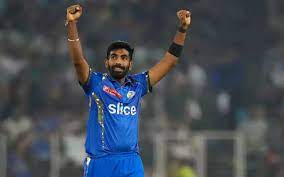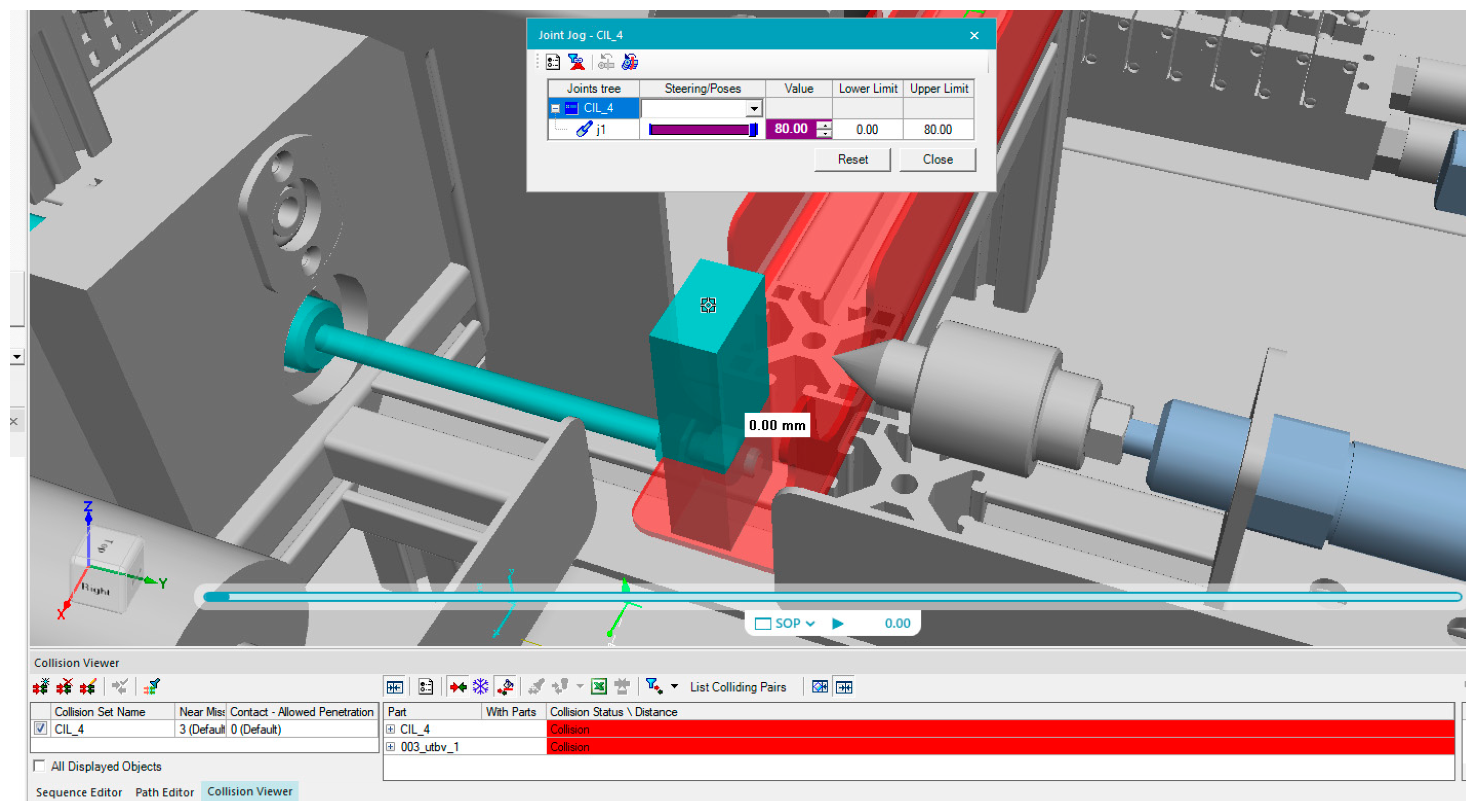How Tiny In-Flight Ball Deviations Change Bowling Plans

A ball is swung two degrees further than usual. It cuts off the margin. A slip bends forward. There is nothing irreversible after that. The slightest variations in the air from the ball, hardly observable with a keen eye, can change not only the fate of a delivery but the overall game strategy of the bowling team.
It is with these tiny variations that one can understand the reasons why a captain reacts by turning down a field or why a bowler changes his wrist position halfway through an over. Individuals who understand the meaning of such signs take a step ahead.
Why Every M.O. Degree is Important
It is not every ball a bowler wants to get a wicket; he wants to create doubt. A ball that swings a half a beat too long or that has a seam that is just a little out of the center of a worn area can afford them a new weapon. In-flight minute corrections provide important feedback:
- Late swing: Full balls will be more harmful when the ball turns toward the batter.
- Off-the-pitch seam: The suggestion of a jagging motion warrants a short mid-wicket or an additional slip.
- Dip in the air: The slower balls that suddenly fall give rise to poor timing of the shots– particularly during white-ball games.
Once such motion can be detected in the middle of an over, captains can order square leg, fine leg moving, or the third man up. These are not the random ones; they are the responses to the micro-signals received through the behaviour of the ball.
Real-life example: Bumrah at Chennai in the year 2024
Jasprit Bumrah was also bowling with a very old ball during the IPL 2024 playoffs, which the TV viewers witnessed as a dead ball. Well, then there came two balls followed in one, in the most teensy way. The defender changed belatedly. Instead of bowling back of a length, Bumrah got naturally into fuller deliveries, taking advantage of that late movement. The batter came out soon, one over late; he misjudged a yorker and lost his leg stump.
As analysts inspected the game, they confirmed that those two balls changed the bowling strategy of the game during the next 15 minutes. Such shifts are not scripted, but reply to what is occurring in real-time.
On-the-fly adjustment on the part of the Bowlers
Well-seasoned bowlers rely on little cues:
- In case the ball is late, they bowl fuller.
- In case the movement of seams decay, they may turn into cutters.
- When pitch grip is increased, they run the ball down a bit to derive greater value out of it.
Each delivery becomes a test balloon. And once movement is detected, the entire over’s approach shifts. A wide line might be abandoned for straight, stump-to-stump lines. A fielder who was passive now becomes a catching option. A lot of this nuance is visible through in-play tracking systems or when you read more into post-over matchups and reactions.
Why Captains Rely on These Micro-Cues
The leaders have not gotten timeouts on every over. They attempt to adjust quickly using gestures, eye contact, or body language by their bowlers. Eye winking or an indication of a repeat line is normally an indication that the bowler has something. Only 23 deliveries of swing or seam can encourage:
- A change of position on the field of operations
- To dry the ball once(“skoen”)
- An indication to bowl a slower or around-the-wicket ball
Even the most brilliant captains do not plan to make their decisions after an over but based on in-play indicators, where they optimize the time when the ball is hot in the hand of the bowler.
Effects on Batting Strategies
This nuance in part affects the batting response. When a batter notices a late swing, he crosses the crease or starts premeditating. However, this may be a trap. Most rejections are a result of exaggeration of reaction to only a single indication of movement.
Good bowling teams take advantage of it. One rolling ball, thereupon a straight ball. A broad yorker/ two in-swingers. It is a mind game that is based on a few details.
Odds and analysis are affected when These Changes occur.
When watched by a viewer who has an analytical or forecasting purpose in mind, as with a live cricket expert or even a punter who follows the live bets, these variations alter all of that. As soon as a ball begins to swivel or swing in some other way:
- Projections shift
- Opportunities increase in bowling activities
- The force on the batter rises
On multiple websites that offer match statistics as detailed as ball by ball, these instances tend to be followed by a wicket or a scoring slump. Reading more into the right things can allow a viewer to have much more understanding of a reason why a captain is smiling all of a sudden, or a new bowler is sent in, and yet there is a surprise field setting.
Final Thoughts
Cricket is a big moment game; fours, sixes, and wickets. However, it is minor in-flight variations that cause much of that. A ball that runs a little longer, then rolls the right amount, and the ball that catches when it shouldn’t, that is where bowlers, captains, and analysts make immediate adjustments.
There is a whole level of matches to watch and understand the game due to these subtleties. That is the difference between watching on the surface of the combat and tactical awareness. As you learn to see where those small changes are, the more the game begins to open up before you.





